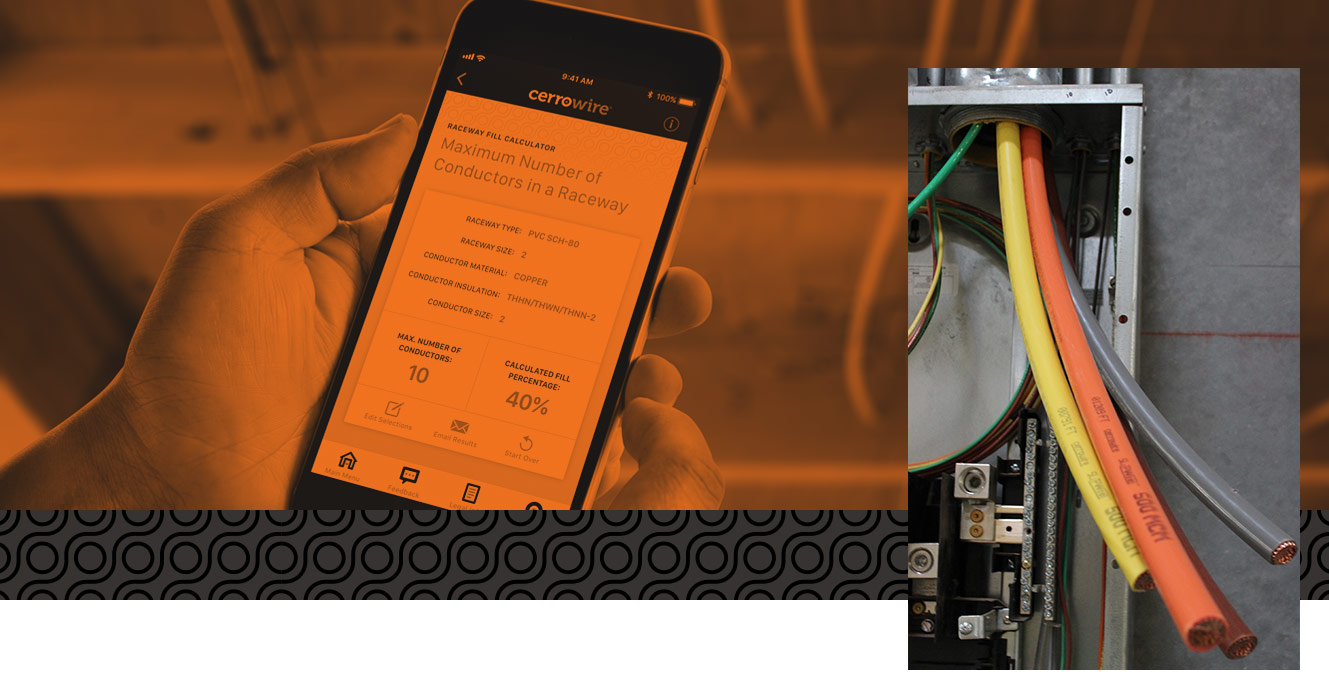Something is weird there. I don't think you're actually finding the same wire in those different places, because the labeling doesn't make sense. Wires bundled together in a rubber sheath would be NM-B, not THHN, and it would only have printed labeling on the outside of the sheath. They don't print labeling on the individual wires inside. THHN are always separate wires with labeling on them, but they would NOT be bundled together in a sheath.
So the pictures you show that have THHN are not the same physical piece as the pictures you show that appear to be a multi-wire cable. Now it's possible that there is some junction or splice somewhere in it, where maybe they are both part of the same total path in one circuit. But if that is the case, the rating of the circuit has to go by the lowest rated. So if you can find the gauge of each of those (the NM-B and the THHN), then you can see whichever has the lower current rating to see what the circuit should be.
And yeah, my opinion/guess is that the NM-B cable looks like 6--doesn't appear to be fat enough to be 4 gauge.
So the pictures you show that have THHN are not the same physical piece as the pictures you show that appear to be a multi-wire cable. Now it's possible that there is some junction or splice somewhere in it, where maybe they are both part of the same total path in one circuit. But if that is the case, the rating of the circuit has to go by the lowest rated. So if you can find the gauge of each of those (the NM-B and the THHN), then you can see whichever has the lower current rating to see what the circuit should be.
And yeah, my opinion/guess is that the NM-B cable looks like 6--doesn't appear to be fat enough to be 4 gauge.



